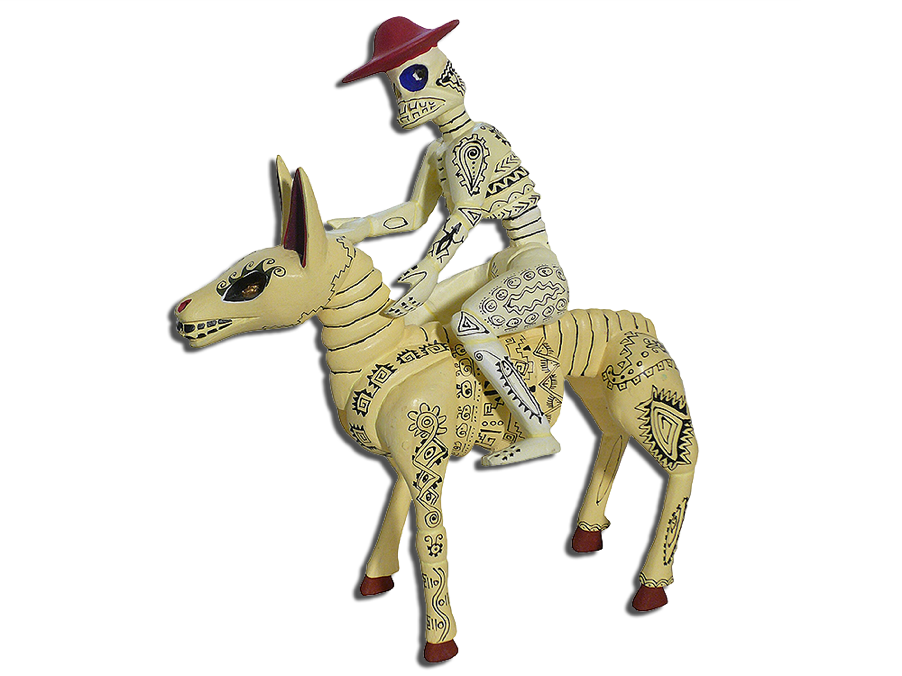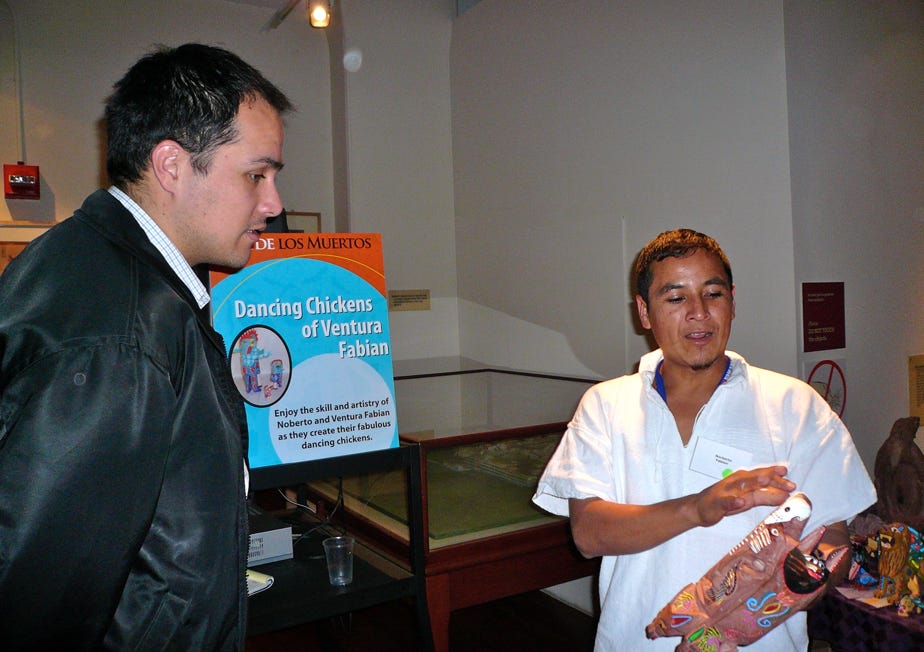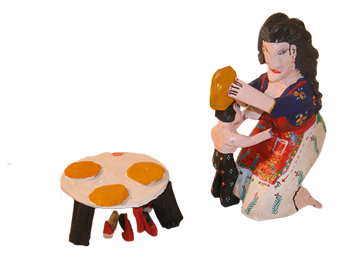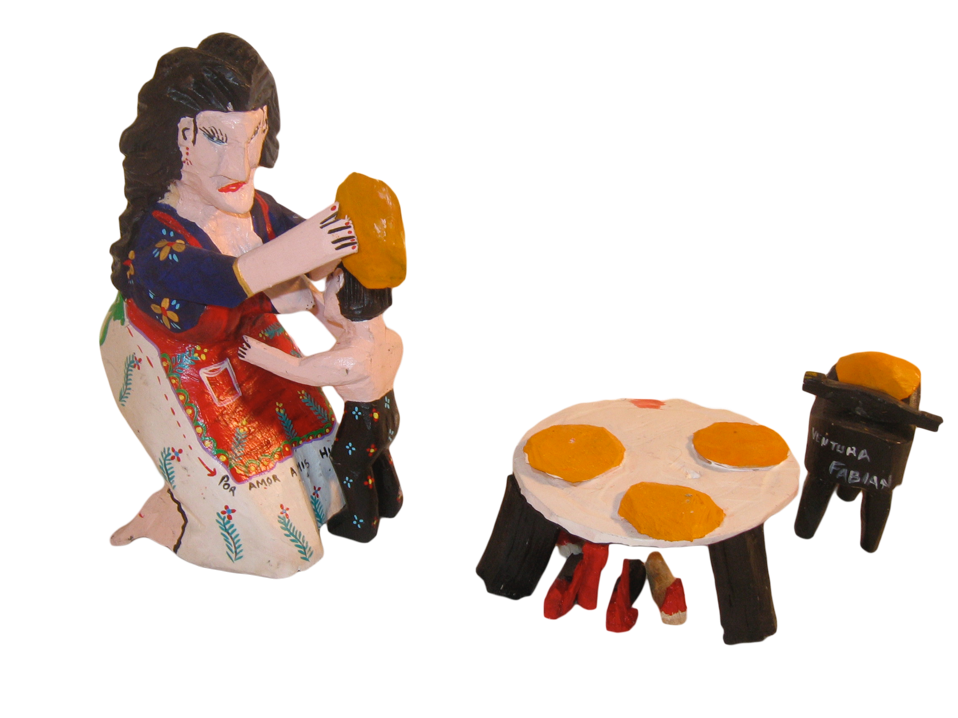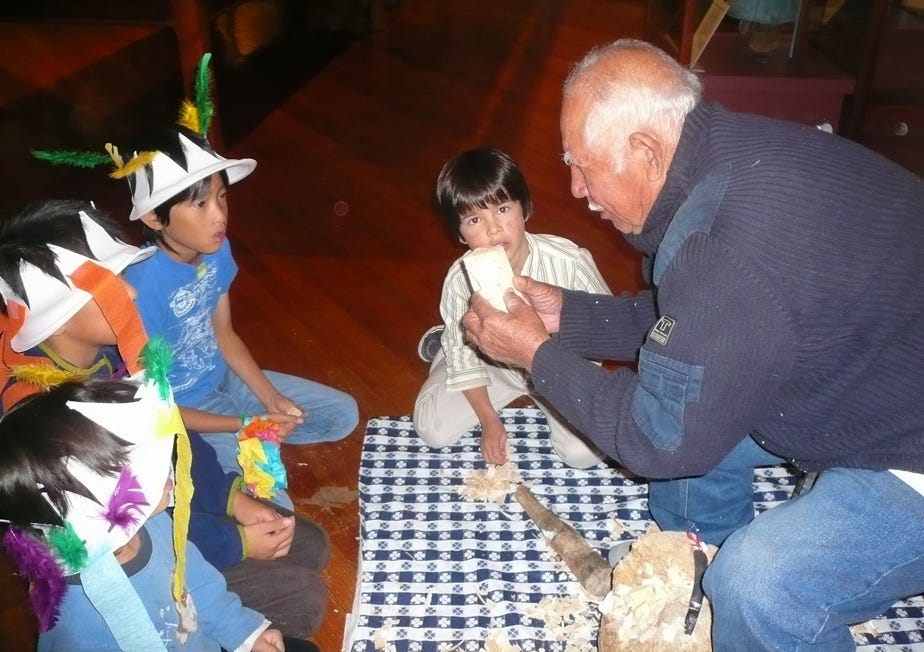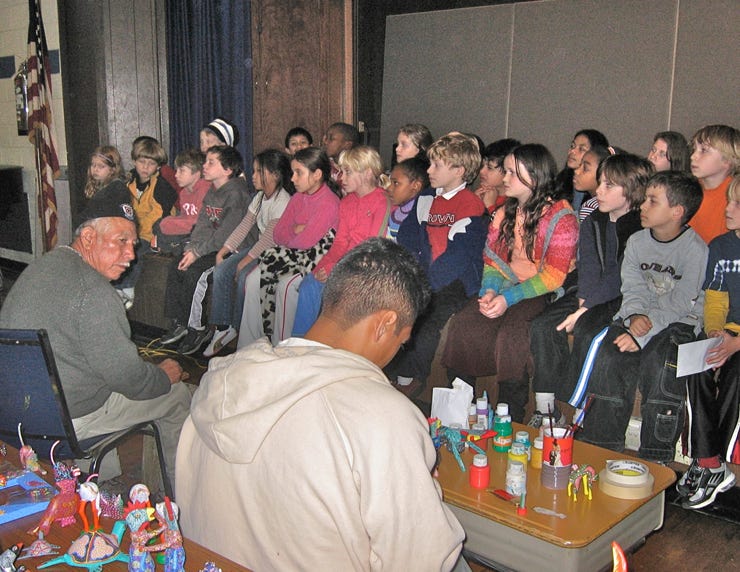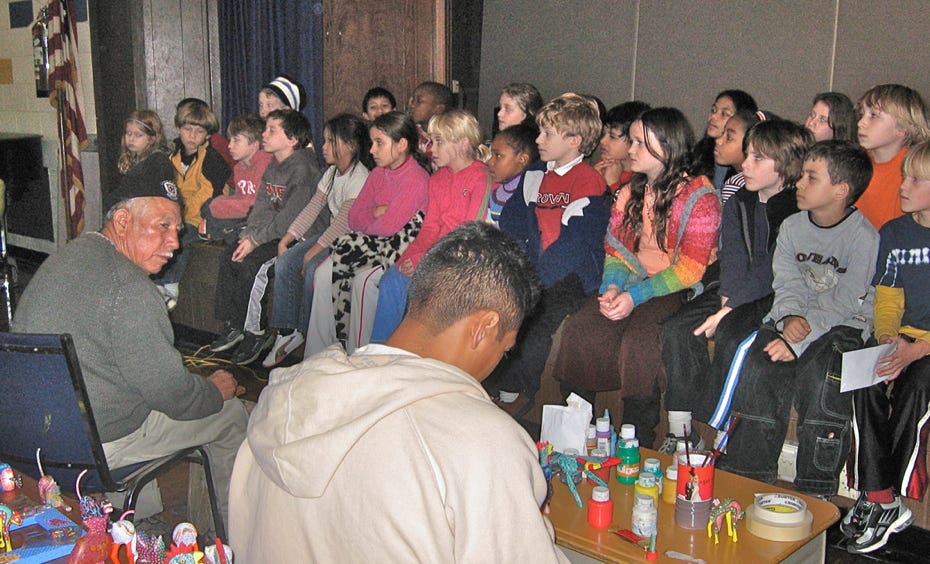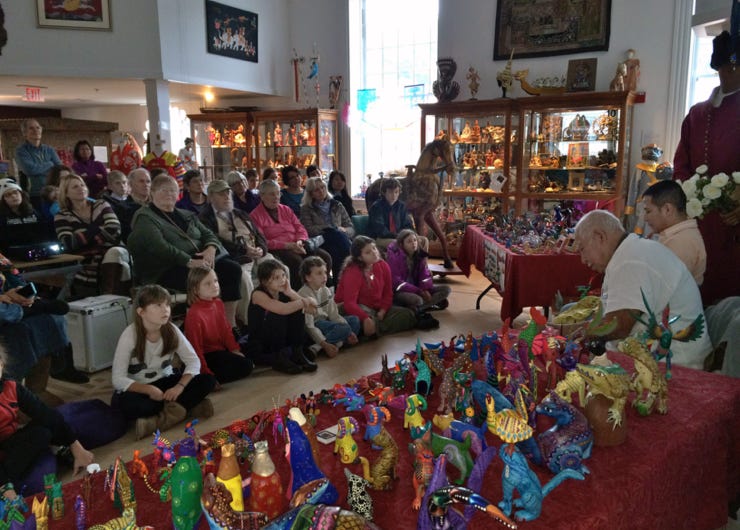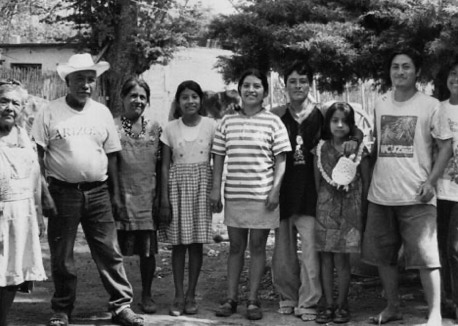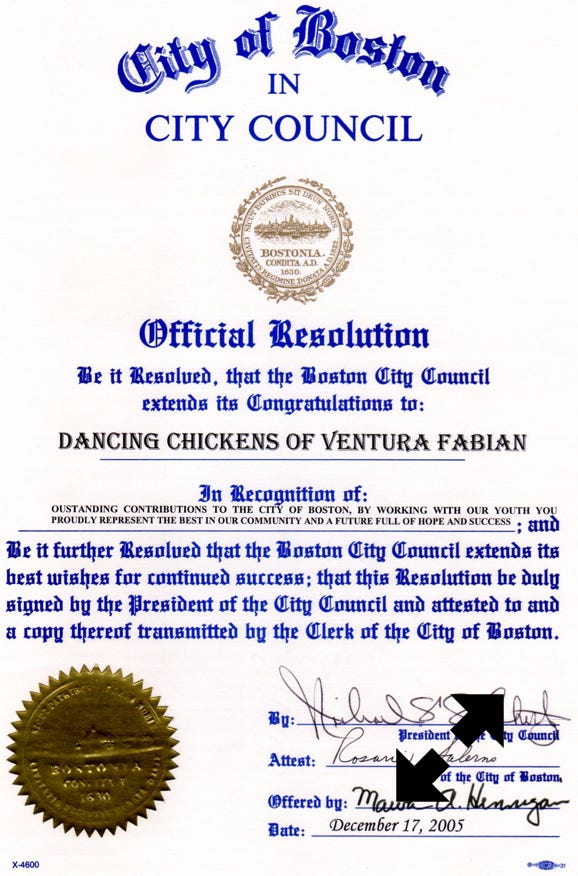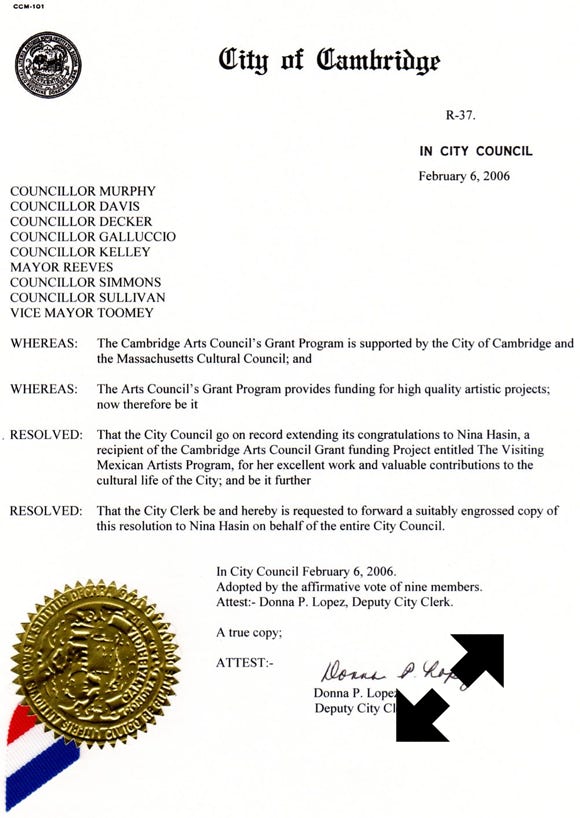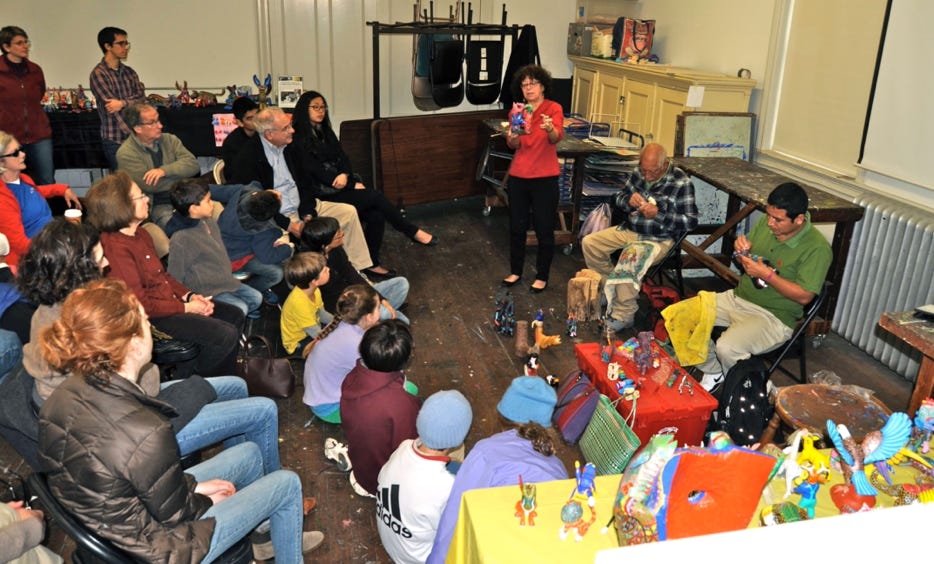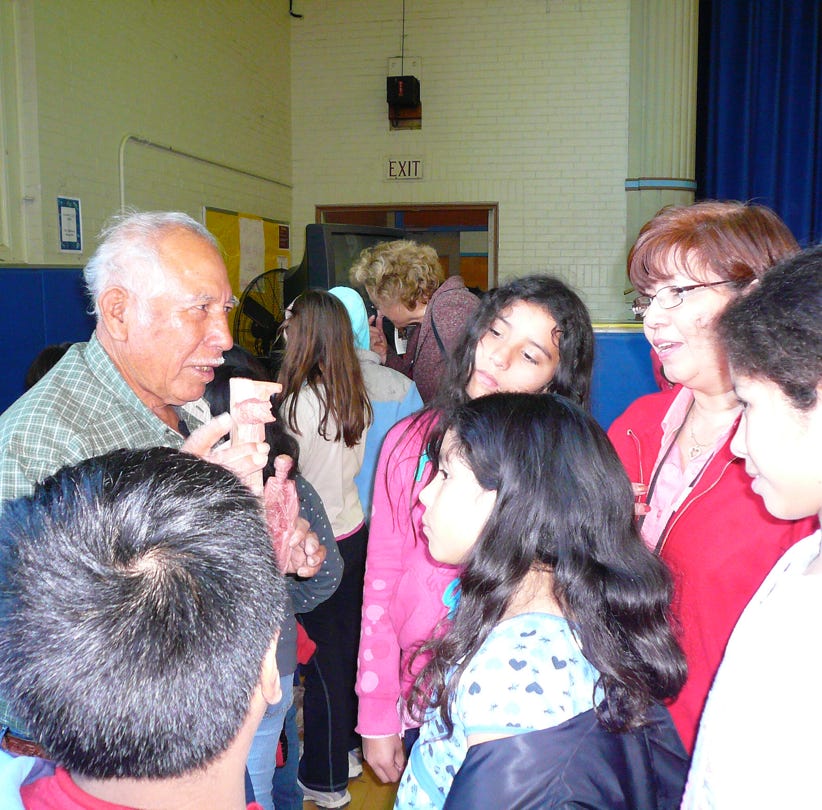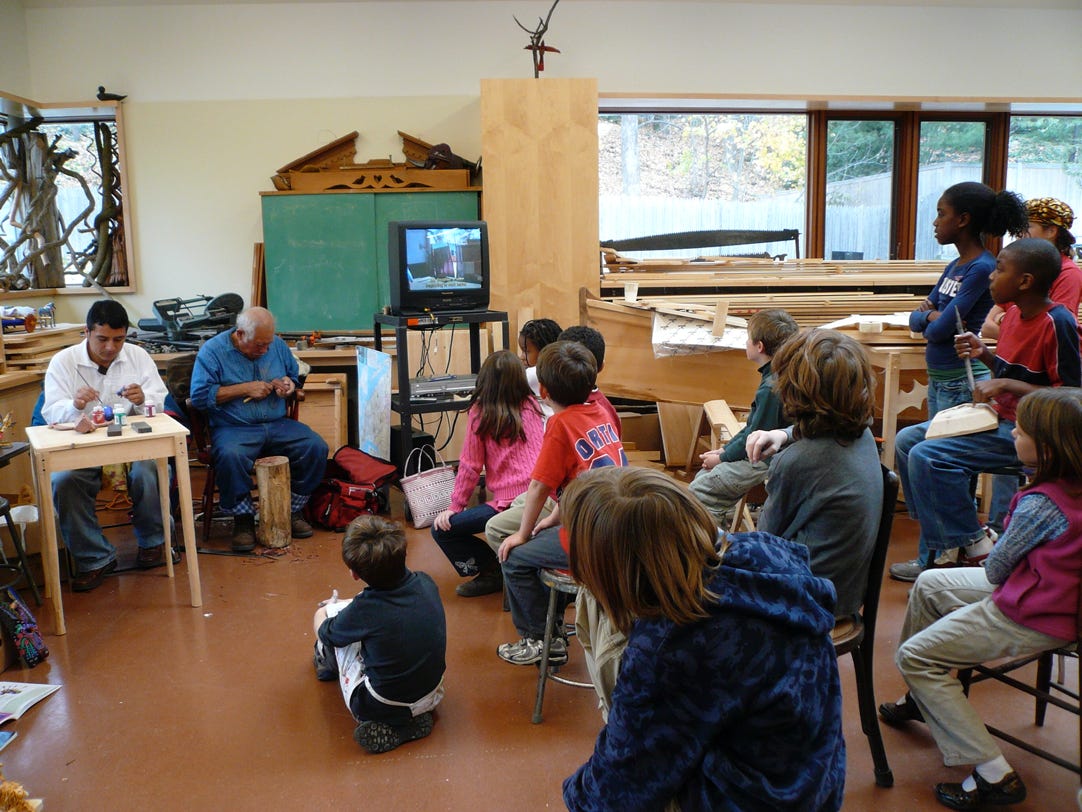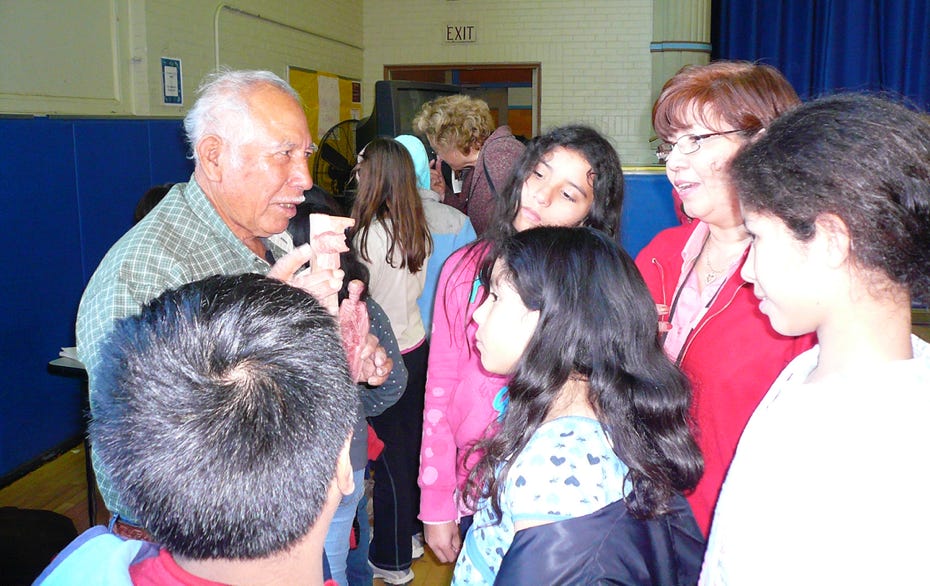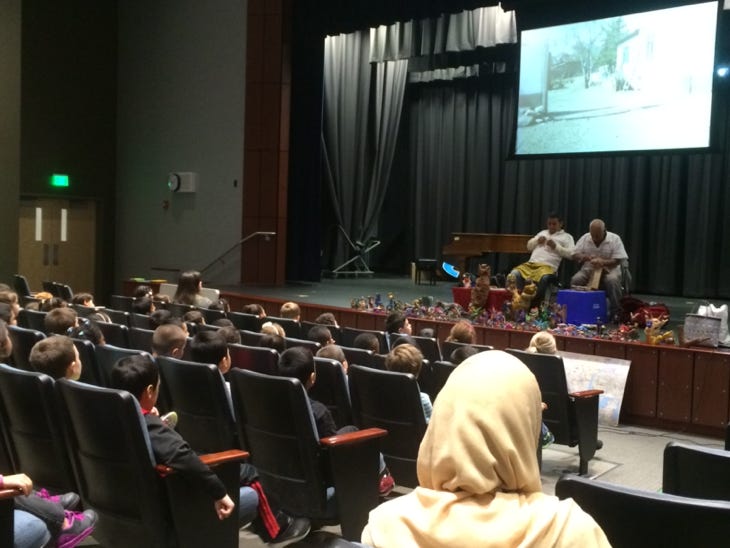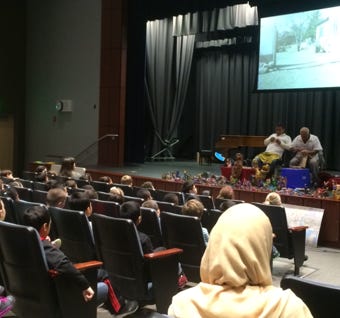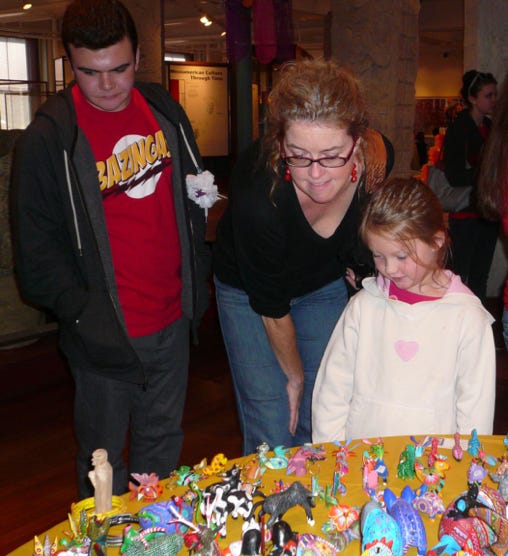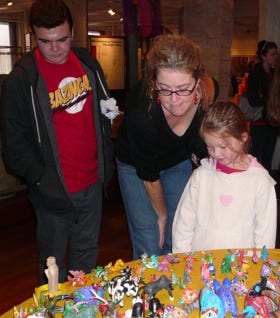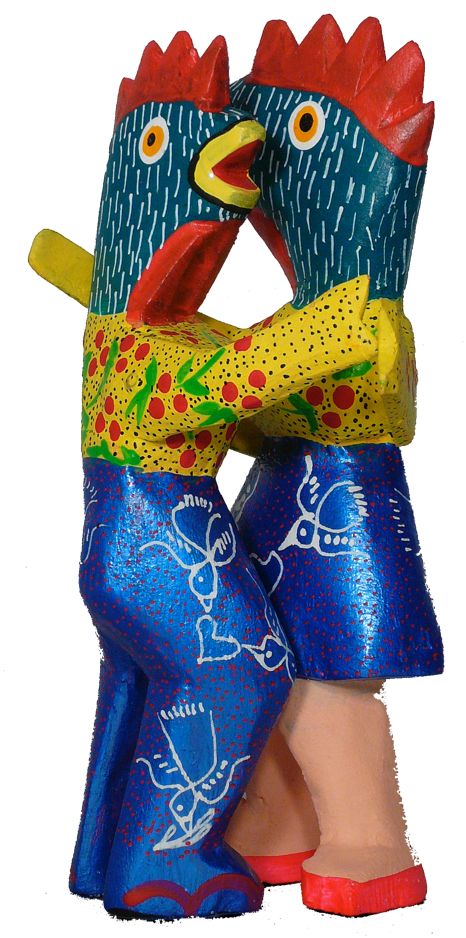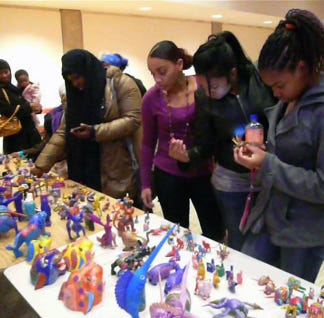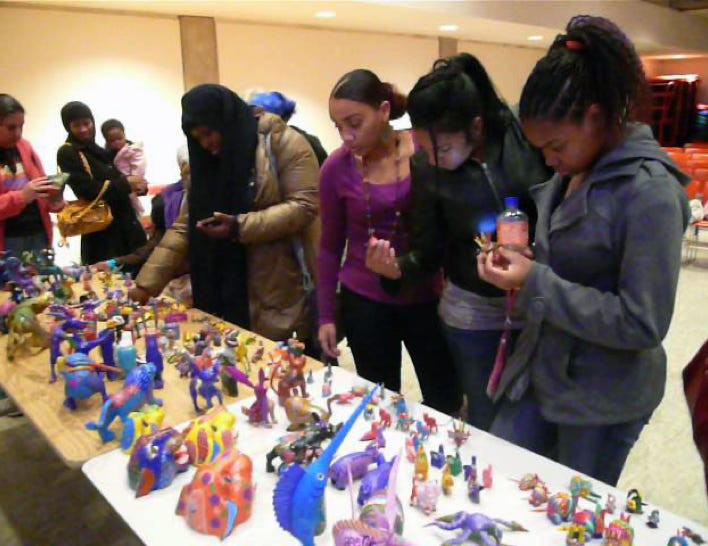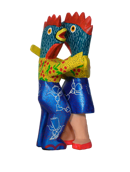

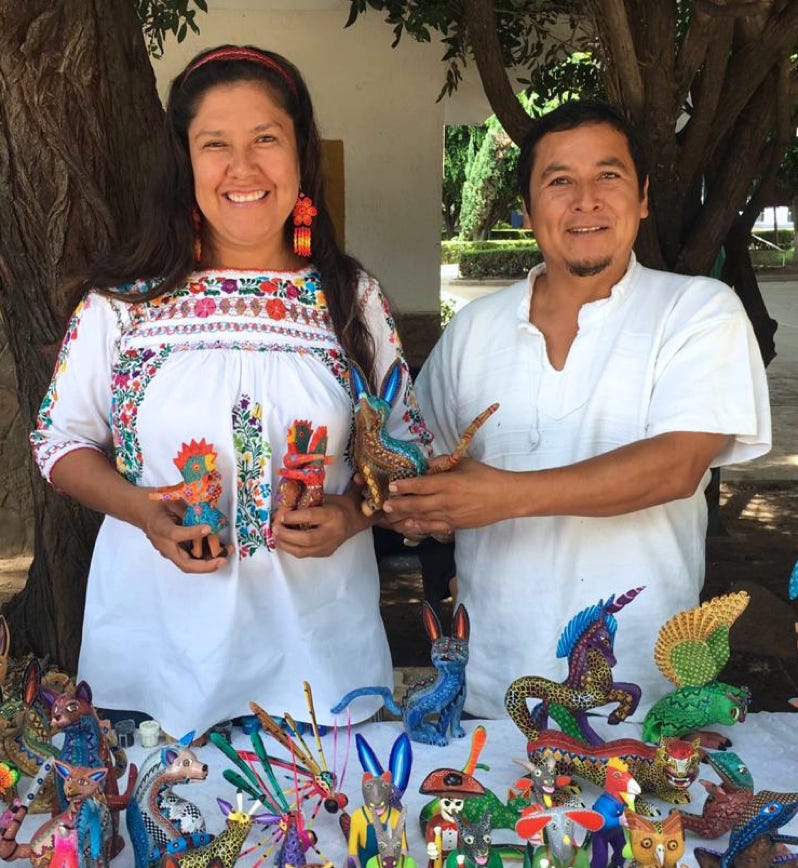
Menu
Art has an almost magical ability to transcend cultural divides, for both children and adults alike. It can provide a powerful vehicle for fostering inter-cultural understanding and appreciation.
The work of the Fabian family, because of its simplicity, humor and strong general appeal, is particularly well-suited to achieve these ends.
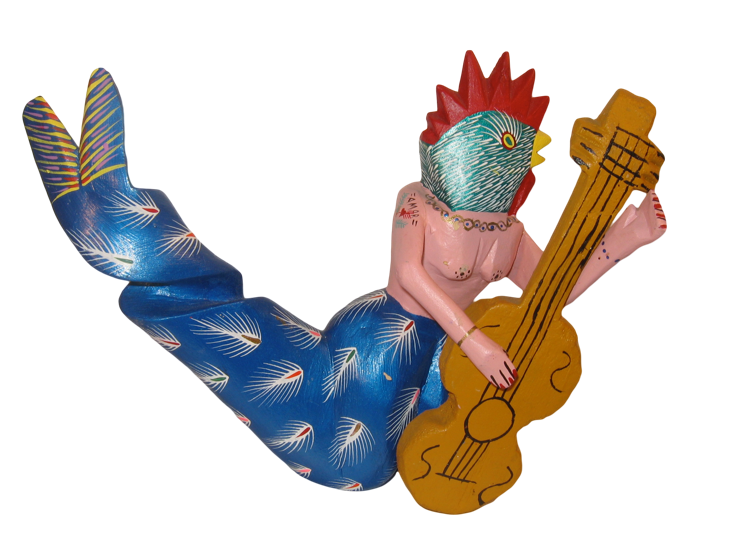
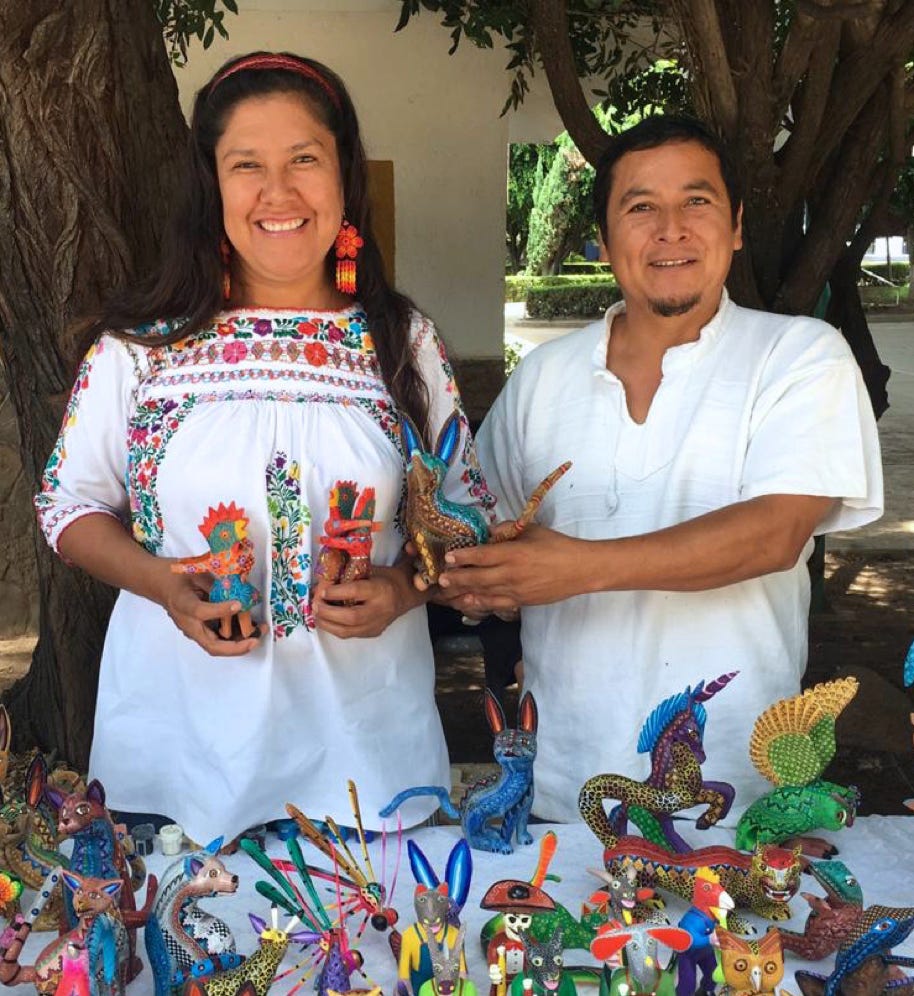
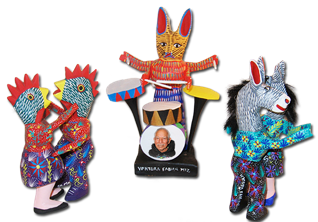
OVERVIEW
The Visiting Mexican Artists Program presents Norberto Fabian, son of master Oaxacan (Wa-ha-can) woodcarver Ventura Fabian, in a series of presentations about his craft to diverse communities in the greater Boston metropolitan area.
Over a two to four week period in the fall, to coincide with Mexico’s Day of the Dead holiday, the artist visits schools, libraries, museums, and art centers to share the allure and vibrancy of Mexican artistic expression.
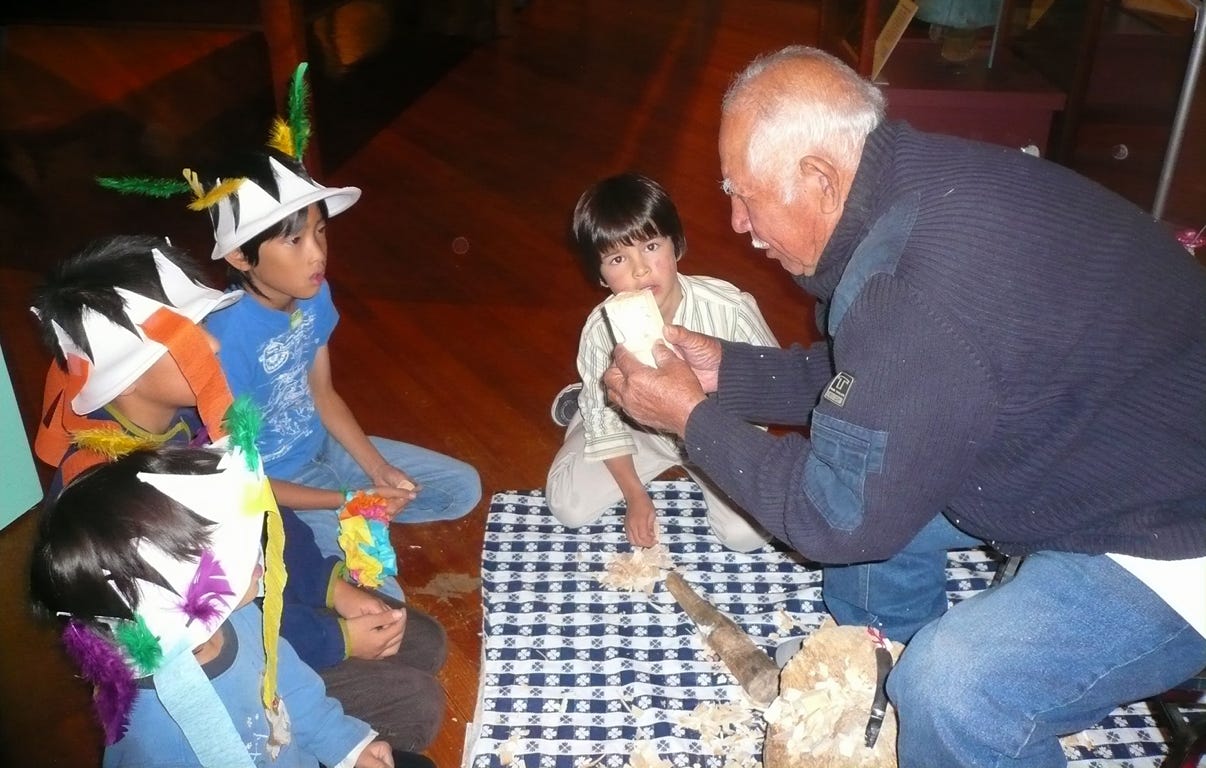
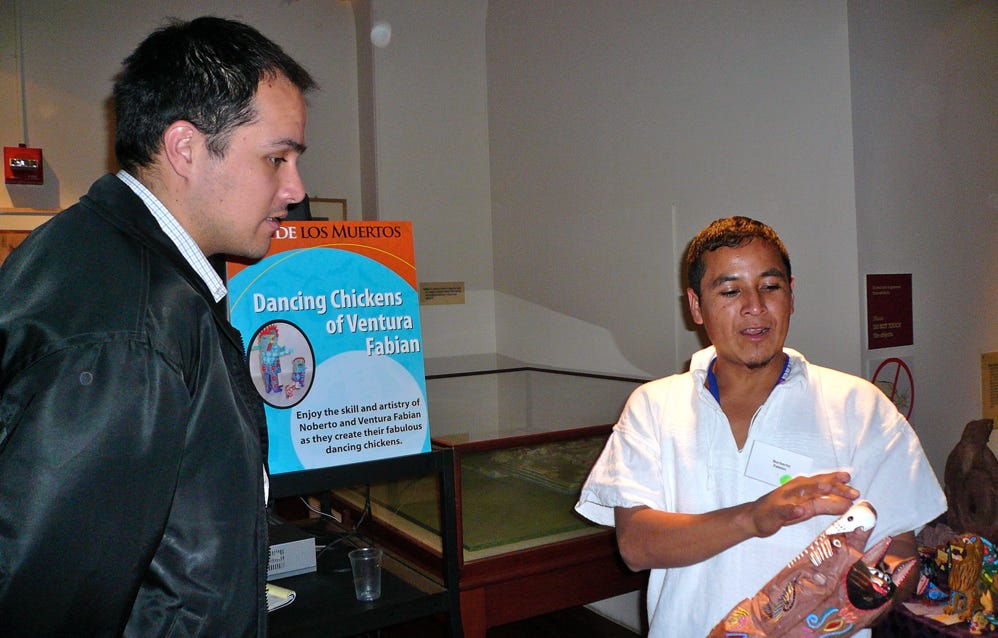
The project addresses such themes as:
• the art of Oaxacan woodcarving
• the daily life of a rural artisan family
• the role of children in helping the family
survive economically
• the balance between subsistence agriculture
and craft work
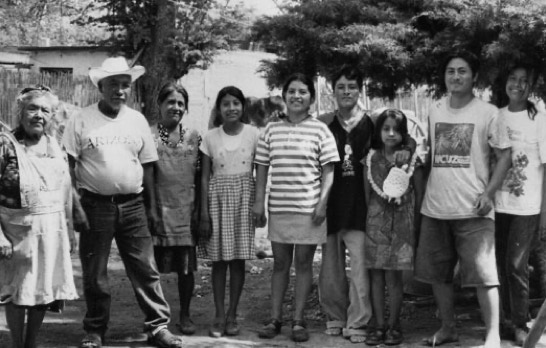
Our presentations are adapted to the grade level of our audience, which has ranged from pre-schoolers to high school students to the general public.
An educator’s outreach packet is provided to all the participating sites prior to the visits.
